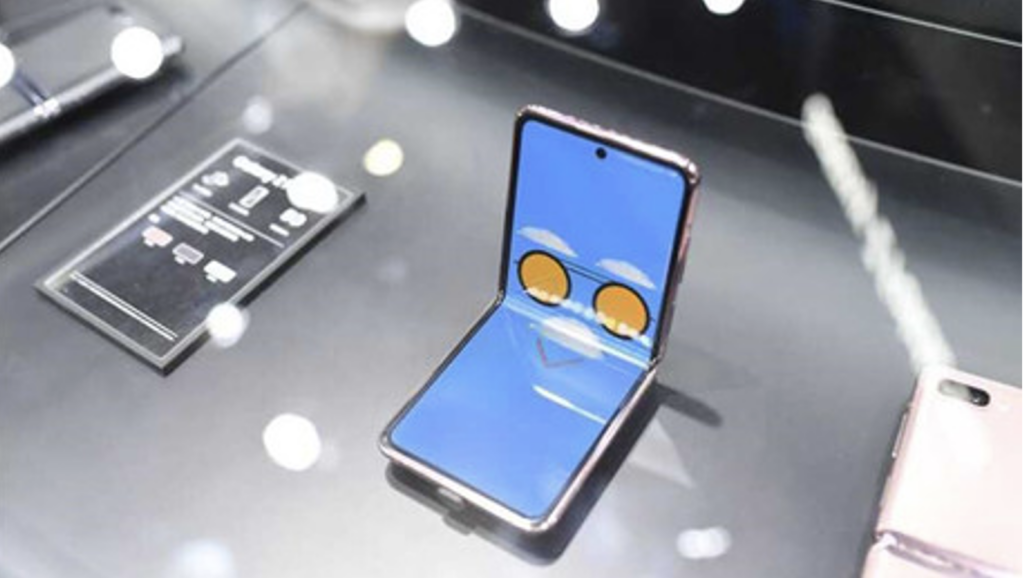http://j.people.com.cn/n3/2023/0602/c95952-20026961.html
The most commonly used flexible display technology in today’s life is the foldable cell phone. Early foldable smartphones used high-performance plastic to achieve good bending resistance, but it had the disadvantages of poor optical performance, low surface hardness, and damage after prolonged use.
Glass performs well in these aspects, but researchers have continued to struggle with its characteristics of hardness, brittleness, and fragility. Peng Shou, a Chinese Academy of Engineering Academy Member (Academy Member) and Chief Engineer of China Building Materials Group, led a team that focused on the key technology of ultra-thin flexible glass, making glass thinner than paper and successfully developed ultra-thin flexible glass with a thickness of 30-70 micrometers. The thinnest 30 micrometer product is only a quarter of the thickness of copy paper and has a bending radius of 0.5 mm. If used in a foldable smartphone, it can be closed perfectly. This is a great advantage. The thinner the display, the thinner and lighter the overall smartphone design. The product has already been tested over 1 million times for folding durability. The industry standard is only 200,000 times, so it can fully meet the demands of daily use.


